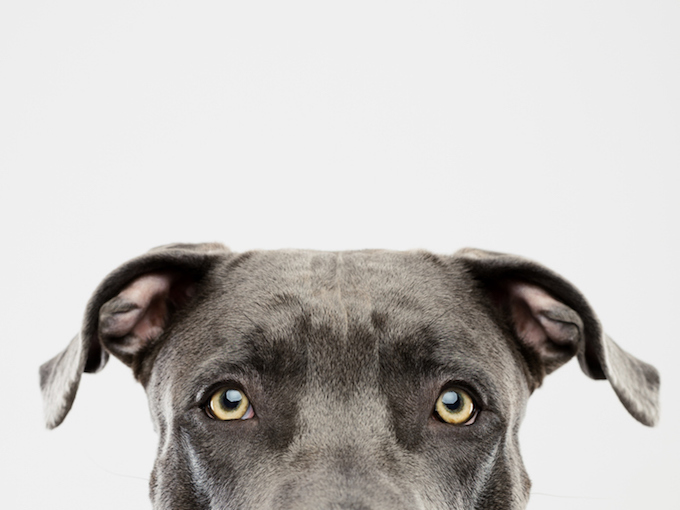Eye defects in dogs can be caused by congenital factors. Usually, congenital eye defects can be noticed soon after a puppy is born.
The condition can bring on lots of symptoms, including eye pain, redness of the eye, and detached retinas.
Unfortunately, some dogs breeds are more at risk of developing the condition than others. Some of those breeds include Irish Setters, English Springer Spaniels, and Welsh Corgis.
If you see the signs of eye defects in your dog, then get to a veterinarian for a proper diagnosis and treatment.
Here’s what you should know about the symptoms, causes, and treatments for the condition.
Symptoms of Eye Defects in Dogs
The condition produces a very wide range of symptoms. This is because there are many types of the condition. For instance, some of the most common types include:
- Cataracts
- Collie eye
- Retinal atrophy
- Glaucoma
- Primary lens luxation
- Night blindness
- Cysts (on the iris)
- Persistent pupillary membranes (PPM)
- Retinal dysplasia
- Rod-cone problems
- Retinal detachment
- Eye pain
- Redness of the eye
Causes of Eye Defects in Dogs

The cause of the condition is usually congenital. This means that a dog is born with it. However, sometimes the condition won’t be apparent for a few weeks after birth.
There are also other causes of the condition. For example, some of the most common other causes include:
- Lack of proper nutrition during pregnancy
- Abnormal skeletal issues
- Optic nerve problems
- Viral infections (that happen in utero)
Additionally, certain dog breeds are more likely to develop the condition than others. For instance, some of those breeds include:
- English Springer Spaniel
- Chow Chow
- Welsh Corgi
- Irish Setter
- Norwegian Elkhound
- Shetland Sheepdog
Treatments for Eye Defects in Dogs
Firstly, your vet will ask about your dog’s medical history. This will include any issues affecting the mother during pregnancy. Secondly, your vet will examine your dog’s eyes very closely.
Subsequent to an eye examination, your vet might recommend more tests. These can include an ultrasound and an angiography.
Ultimately, treatment for the condition will depend on the exact type of the condition. Any underlying causes will also be addressed by your vet.
Many times, a surgery is required. This will vary depending on the precise symptoms your dog has.
In general, it is important that you keep up regular appointments with your vet. This is so that the condition and recovery can be closely monitored.
Have you ever cared for a dog who suffered from this condition? How did your vet help your dog recover? Let us know in the comments section below.









